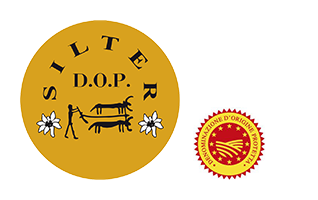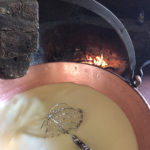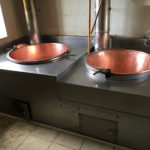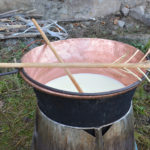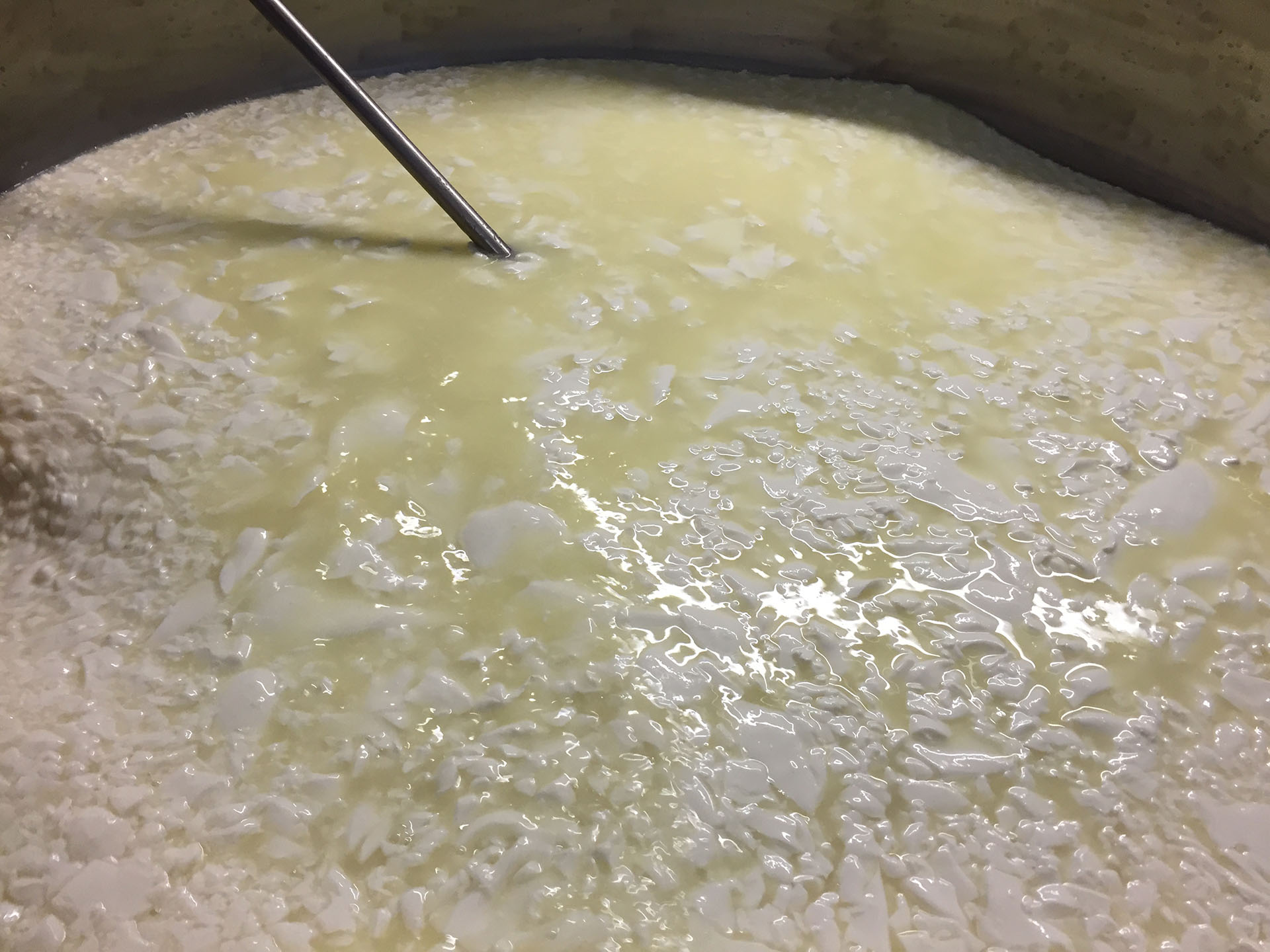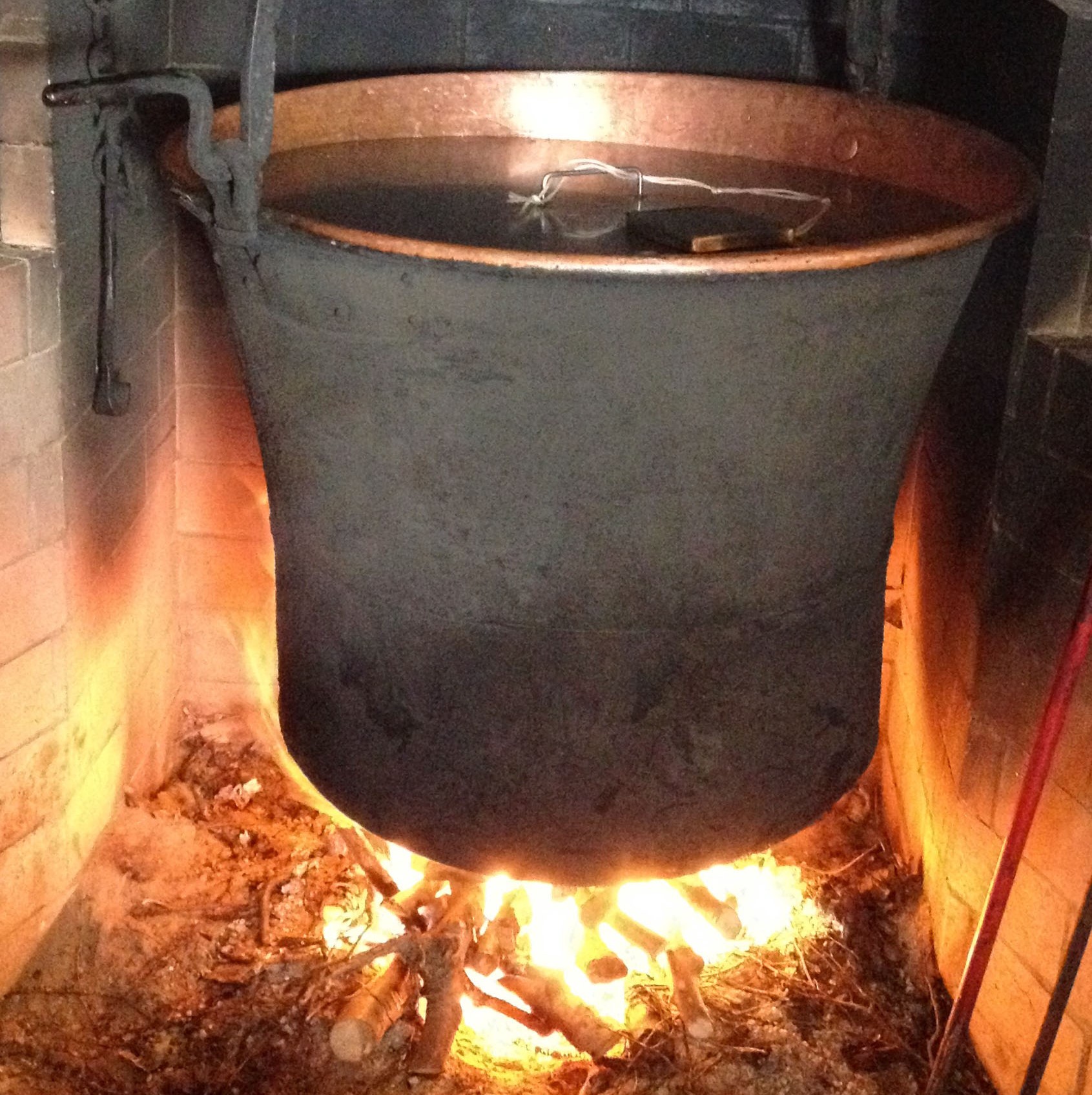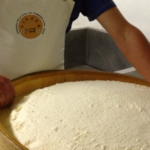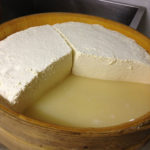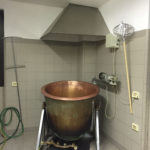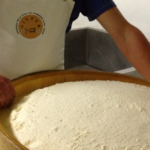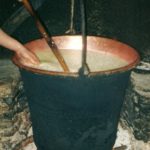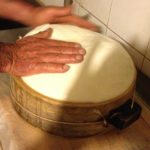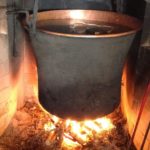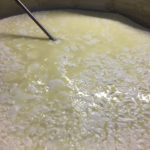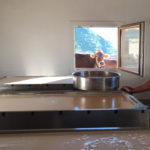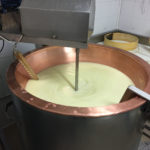A Work Ethic That Respects Tradition
M
ilk’s transformation begins right after milking when it is poured into vats for settling, never heated or refrigerated. The milk is poured quickly so as to encourage the cream to rise and to provide an ideal environment for the local mesophilic bacteria to grow. It is these microorganisms that bestow Silter with its distinctive flavor and aroma. The microflora is extremely varied and characteristic of the area. The most commonly found species during the cheese making process are: Lactococcuslactissslactis, Streptococcus thermophilus, Lactobacillus fermentum, Leuconostoclactis, Enterococcus. Natural starter cultures or whey from the area can be added to the vats in order to amplify the proportion of indigenous enzymes. The use of local milk enzymes selected from Alpine pastures and local dairy farms is also permitted. Consequently, the enzymes help preserve the special microbial content of this cheese. Typically the use of wooden tools, such as stirrers, whisks and molds, is permitted. Wood burning stoves, another local tradition, are used to heat vats both in old and new dairies alike. Some new dairies take advantage the recent re-discovery of atraditional portable wood-burning stove, which allows for the flames to remain hidden underground and is moved from one vat to the next without spewing soot into the air.
